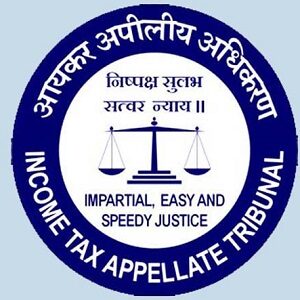 By Fiona Mehta
By Fiona Mehta
The Income Tax Appellate Tribunal (ITAT)’s Mumbai bench, in a tax litigation over capital gains arising on the sale of residential flats, has allowed the NRI taxpayer to claim a significant portion of the costs of improvement, like fixing the tiles, or painting the walls, even though they were paid in cash.
Facts of the case: Non-resident Indians (NRI’s), Komal Gurumukh Sangatani and her husband, has filed an appeal with the ITAT in the financial year to which the dispute related was 2009-2010.
Komal Sangtani pleaded that the expenditures incurred were to make the flat habitable, which is very normal and would be incurred every citizen of the country who is purchasing a property from a builder. She further added that it is quite usual to make such payments in cash.
The bench observed that the taxpayer never carried on any business and was thus not liable for tax audit. Consequently, there was no bar in incurring certain expenditure towards the flat in cash, as long as the source of the cash payment was explained from her reported income. The bench, though, distinguished between expenditure that could be considered as cost of improvement and that which would be treated as personal effects.
Tax laws provide that the sale consideration minus the cost of acquisition and cost of improvement (both are adjusted by applying cost inflation index) determines capital gains. Higher the cost of those two components, lower is the taxable capital gains and consequently the tax outgo.
The cost of acquisition comprises the purchase of the flat, registration cost, and broker fees. The cost of improvement includes capital expenditure that increases the value of the property.
Order: As “personal effects” is not eligible for deduction, out of a total claim of Rs. 14.5 lakh by Komal Sangatani towards the cost of improvement, the ITAT allowed Rs. 9.7 lakh.


